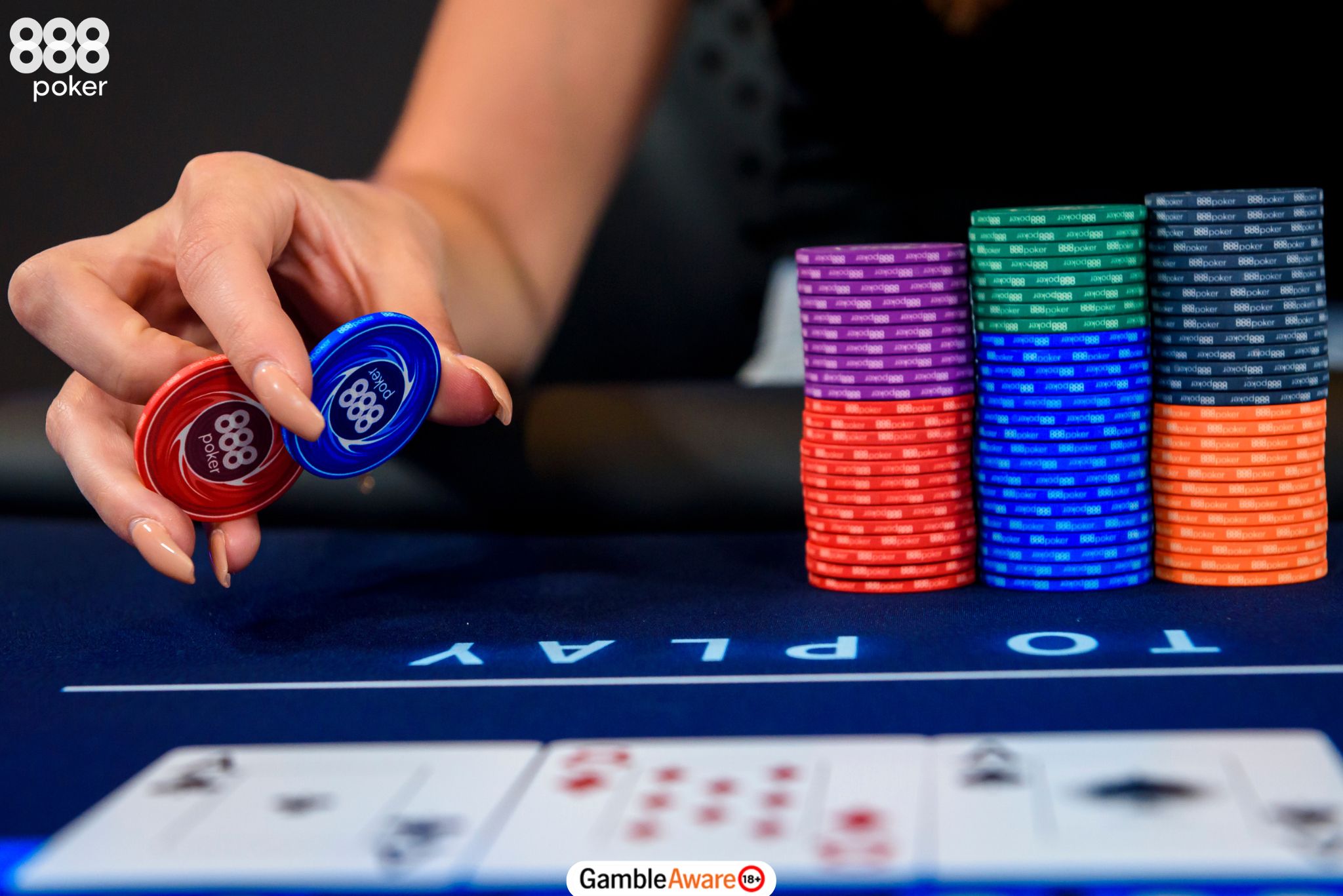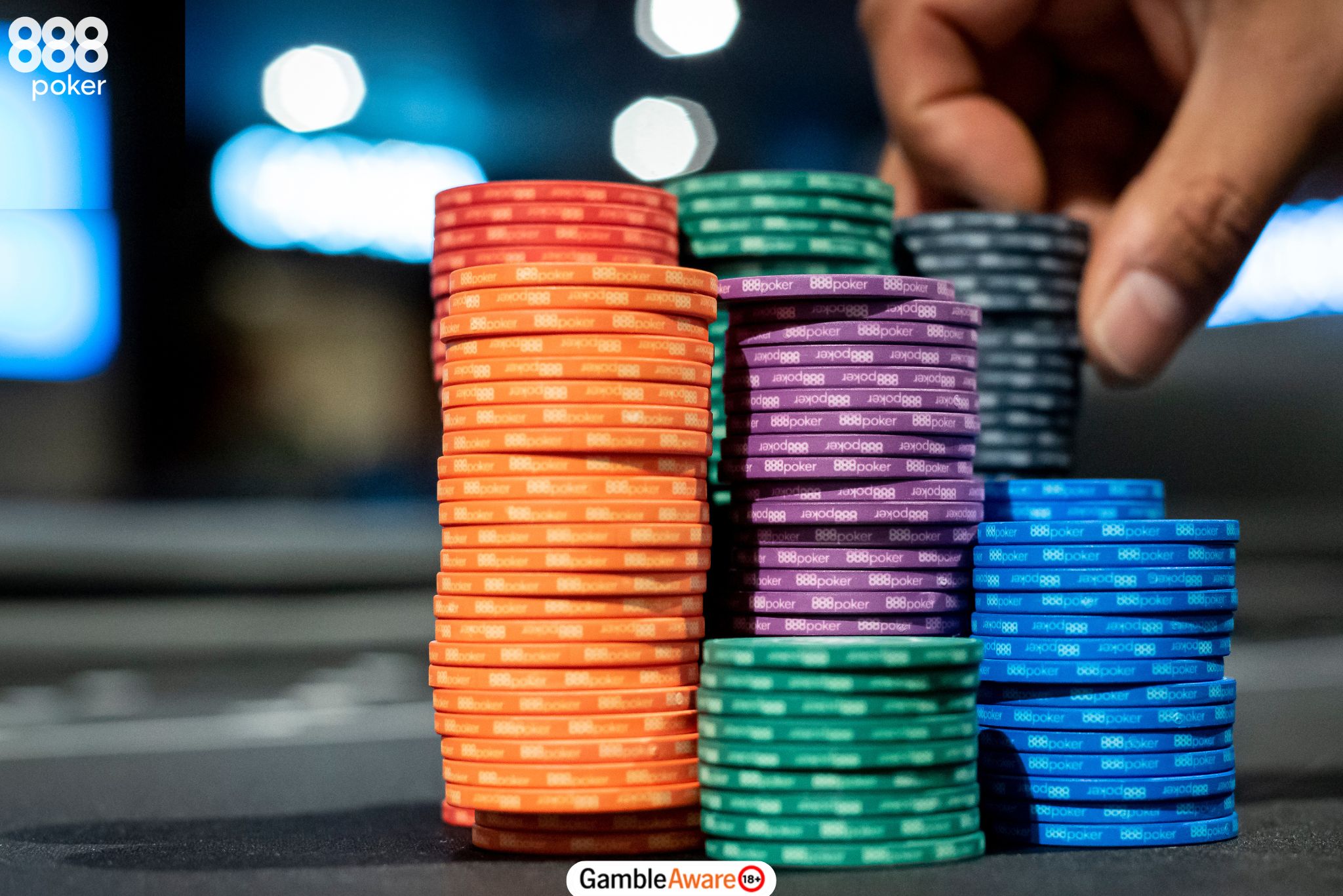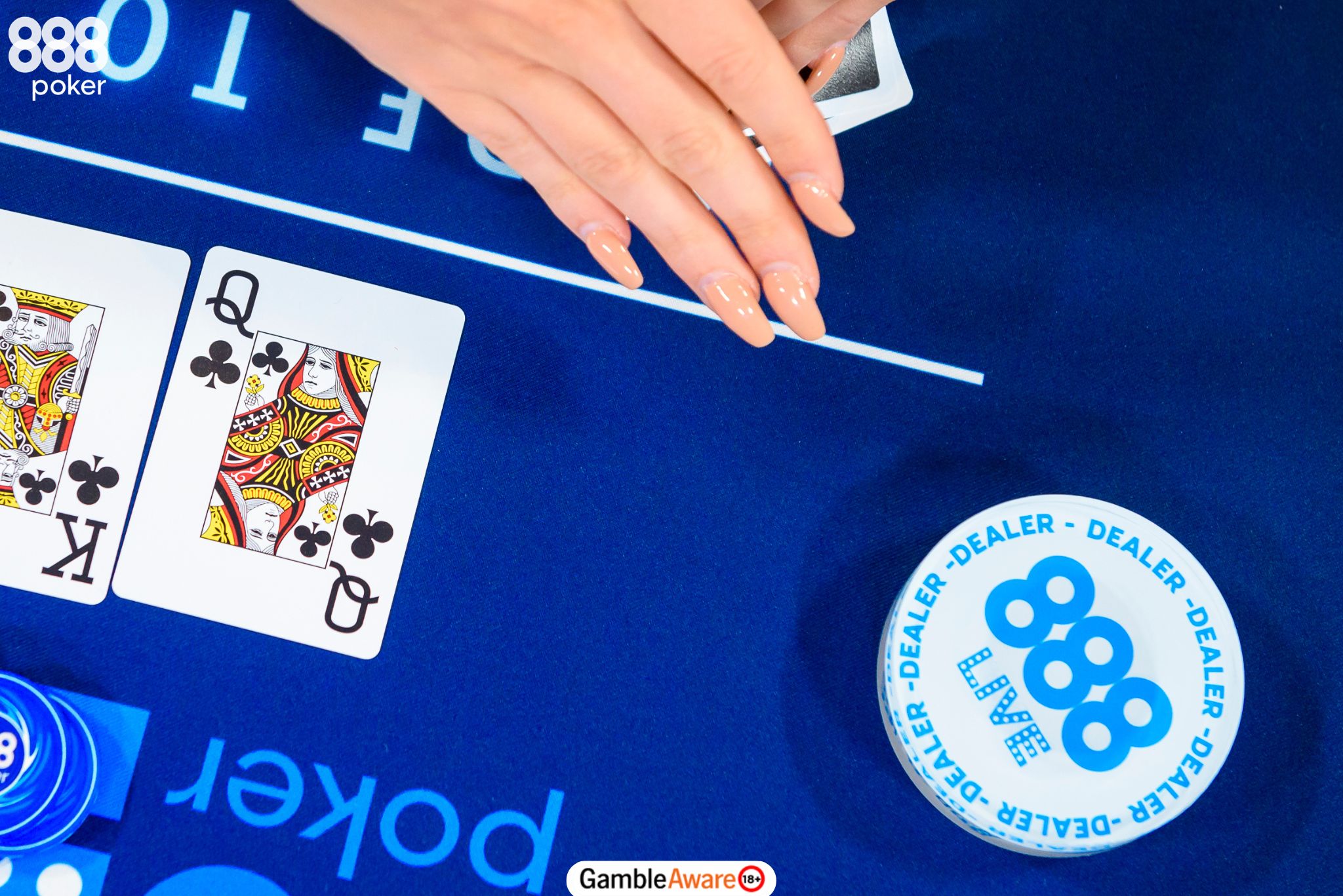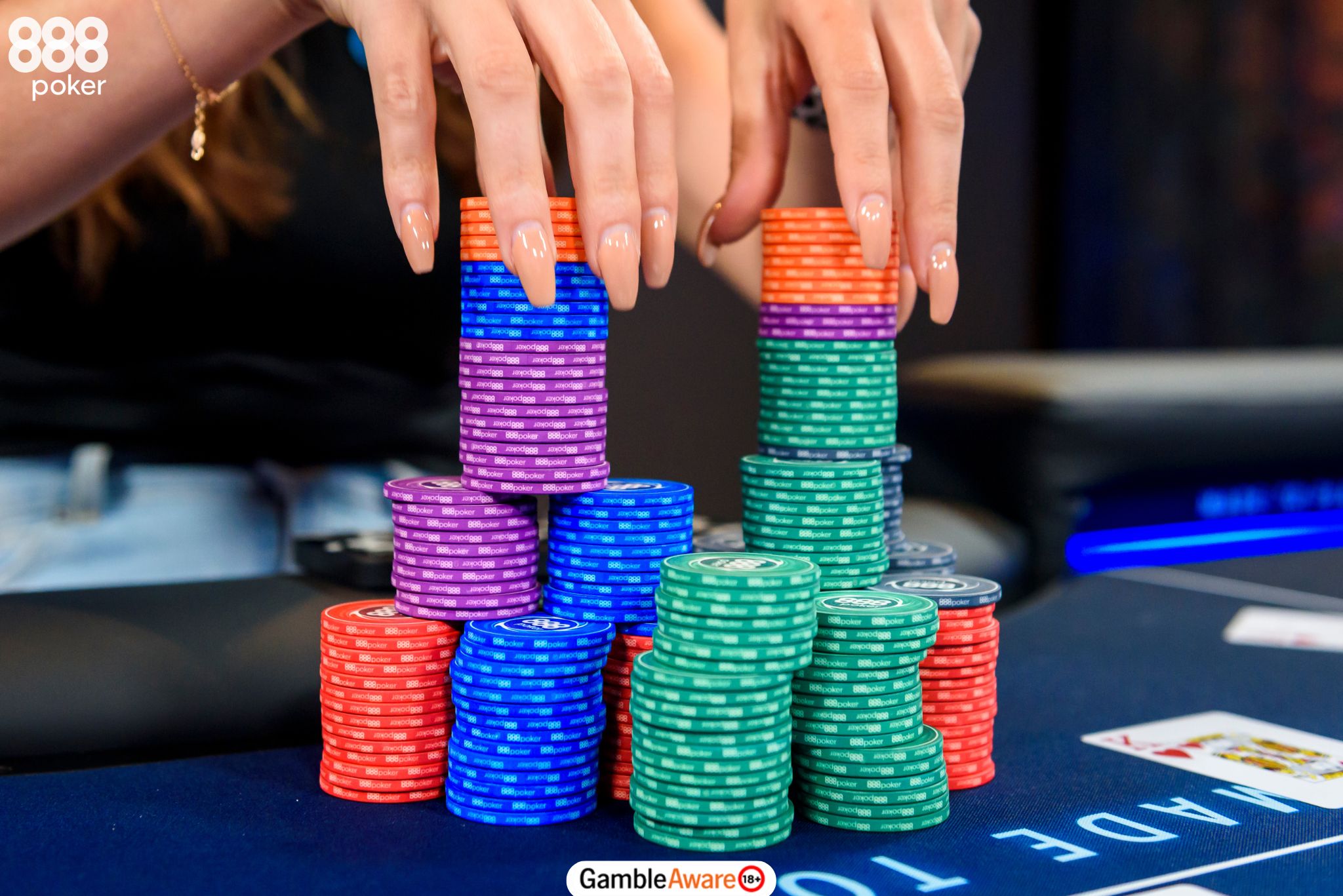Updated on September 1, 2025
Getting to the casino can be challenging — with traffic, parking, long lines, and expensive buy-ins. Not to mention battling against professional poker players who eye you like lunch. Sometimes the smartest play is to learn how to play poker at home with friends.
This guide will teach you everything you need to know to set up poker games in the comfort of your own space.
What Do Poker Chips Represent?
Before dealing your first hand, it’s essential to know how to play poker with chips and what they represent.
- Cash Games: In cash games, chips represent real money. If you sit down at a $1/$2 No Limit Hold’em game with a $200 buy-in, you’ll receive $200 worth of chips.
- Tournaments: Tournament chips work differently. They don’t equal money dollar-for-dollar. Instead, they act as scoring units to track who’s still in the game. For example, you might pay $100 to enter a tournament and receive 10,000 chips. The goal is to outlast your opponents until one player has them all.
Understanding this distinction is the first step in mastering how to play poker with chips in both home and casino games.
How to Play Texas Holdem at Home — Tournaments

In a tournament, chips are not one chip = $1, so you need a system when devising how to set up poker tournaments. This setup should include blind levels.
Step 1: Determine the Buy-In
Set a flat entry fee. Any amount works that you feel comfortable with — it could be $20 or $100. Just ensure that it’s a substantial amount, or players won’t take it seriously.
Step 2: Decide the Blind Structure
How frequently will the blinds increase? And by how much? You need to plan this ahead of time. The easiest way is to generate a blind level chart online.
For example, you could ask a poker cheat sheet program like ChatGPT:
“I want my home tournament to last about one hour with five players. What should the blind structure be?”
It will generate a table for you with precise time intervals and blind amounts, so you know how to set up poker tournaments at home properly.
Example Blind Structure (5 players, 1-hour game):
| Level | Duration | Small Blind | Big Blind |
| 1 | 10 min | 25 | 50 |
| 2 | 10 min | 50 | 100 |
| 3 | 10 min | 100 | 200 |
| 4 | 10 min | 200 | 400 |
| 5 | 10 min | 300 | 600 |
| 6 | 10 min | 500 | 1,000 |
Tournament Payouts
How much do the winners get paid? A simple rule is this: 50/30/20. First place receives 50% of the prize pool, second place receives 30%, and third place receives 20% (everyone else receives zero).
So, if you have five players in a $100 tournament that pool together a $500 prize pool, the first-place winner will receive $250. This payout is according to the prize pool and not the poker chip values.

How to Play Texas Hold’em at Home — Cash Games
Cash games are the simplest format for beginners learning how to play poker at home:
- Choose Stakes: Typical home game stakes are $0.25/$0.50 or $1/$2 blinds.
- Buy-Ins: Players usually buy in for at least 50-100 big blinds. For blinds of $ 0.25 or $0.50, a $50 buy-in would be standard.
- Chip Distribution: A good ratio is four denominations (e.g., $1, $5, $25, $100). Having four different amounts makes it easy to bet without constantly making change. (This point is critical.)
- Flexibility: Unlike tournaments, in these types of poker games, you can leave whenever you like. Your chips are equivalent to real money, and at any point, you can pick up and go. (Although some home games require thirty minutes' notice before leaving, so someone doesn’t win a big hand and immediately “hit and run”!)
Cash games are great if you’re learning how to play poker with chips because the rules are straightforward and there’s less setup than in a tournament.
How to Set Up Poker at Home: The Equipment
Even a casual night takes some planning. Here are the essentials:
1. Equipment Needed
- Poker Chips: A chipset with at least four different denominations for 5-8 players.
- Cards: Two decks of standard playing cards.
- Dealer Button: Tracks who posts blinds each hand.
Any object can work as a “Dealer Button” — a rock, a paperweight, an empty card deck. Since a Dealer Button is traditionally circular, Canadian casinos call it “The Puck”! Any hockey puck-like or similar-sized object will do.

2. Assign a Dealer
Decide on a designated dealer or rotate this position. In some home games, players alternate who deals the cards and who shuffles. If someone is already shuffling the deck for the next hand, the game will go extra quickly.
Or you can use an automatic shuffler (Warning: basic versions tend to be obnoxiously loud).
3. Rules of Texas Hold’em (Quick Recap)
- Each player receives two hole cards.
- Five community cards are dealt in stages (flop, turn, river).
- The best five-card hand wins the pot.
By following these steps, you’ll know exactly how to set up poker, so the game feels professional… even the best poker players of all time would feel comfortable at your kitchen table.
Tips for Hosting the Perfect Poker Night
Learning how to play Texas Hold’em at home is only part of the experience. Keep things organised:
- Use Timers: Apps or kitchen timers help maintain consistent blind levels.
- Set House Rules: Clarify rules for rebuys and straddles before
- Snacks & Drinks: Poker games run long — keep the energy up! But avoid finger food. Greasy pizza equals greasy poker chips (and stained cards) - order takeout instead, or something that requires a fork.
Why Playing at Home Beats the Casino

Here are the top three reasons why playing at home beats the casino:
- Lower Costs: No rake or casino fees.
- Control: Customise stakes and structure.
- Casual Environment: Not as cutthroat as the casino!
Once you’ve mastered the basics of how to play poker at home, you’ll realise it’s not only cost-effective, but a totally different way to experience the game with the people you know best.
